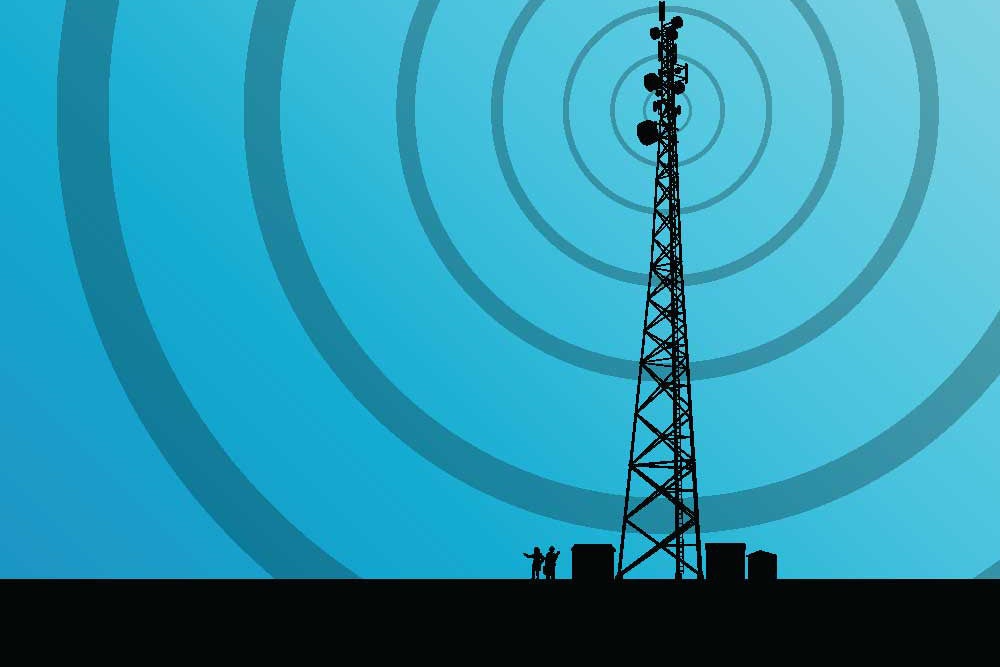How to check the cellular signal strength of your Android device

Say what you want, but smartphones are all reliant on that pesky signal strength indicator on the status bar. You know, it's the one you normally don't pay much attention to, but once your Internet connectivity dies out, you immediately start praying to the gods of the cellular connectivity. Often, there's little you can do besides restarting the device and waiting for the problem to fix itself - poor cell reception is caused by being in congested urban environments, below ground, or in really bad weather, as all of these will reduce your phone's chances of communicating with the cellular tower in your area.
Of course, a little troubleshooting has hurt nobody, and thankfully, there's a rather easy and straightforward way of telling what the cellular strength of your device is.
But first of all, how do you actually measure signal strength? When you want to measure the "strength" of a given signal, you are actually trying to convey its "power" into layman's terms, and you measure that power ratio in decibels (dB) of the measured power referenced to one milliwatt (mW), which is more commonly referred to dBm. Don't freak out when you see a negative reading for the signal power of your phone's reception, though - that's how it's supposed to be. Yet some devices may omit the redundant minus sign.
However, have in mind that lower is better, meaning that a signal strength of -80db is multiple times stronger than a reading of -95, for example. When it comes to mobile cellular signal, the absolute best you could possibly get is around -50dBm, whereas readings near -120dBm mean that your phone's about to drop its cellular connection anytime now. The lower the number, the better the reception.
With that said, here's how to check your signal strength easily.
Follow us on Google News














Things that are NOT allowed:
To help keep our community safe and free from spam, we apply temporary limits to newly created accounts: